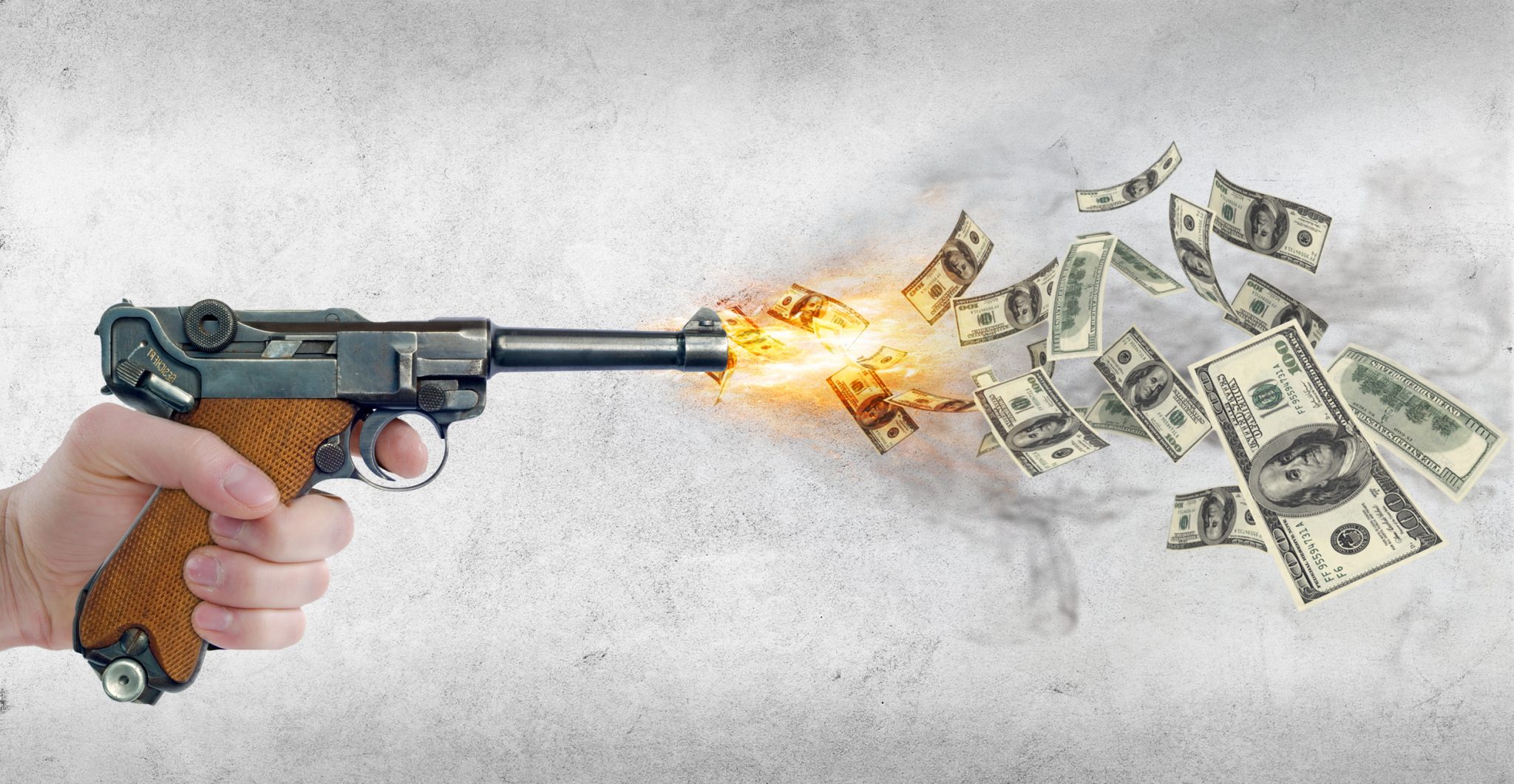In 1941, World War II was going well for Germany. The forces of the Third Reich had successfully overrun the Greek islands and Balkan states, and the Fuhrer was beginning to size up further prizes.
There was a finely balanced choice between taking on the British Royal Navy, expanding across the Mediterranean and into the Middle East, or perhaps taking on a Soviet Red Army still reeling from Stalin’s recent purges. Germany’s biggest asset was the size and expertise of its continental land army, so invading the Soviet Union with the addition of Finnish and Romanian divisions looked like the best way forward.
Without doubt, Operation Barbarossa had initial successes, but it also changed the way the German army used firearms, accelerating the production and use of the MP 40 Maschinenpistole.
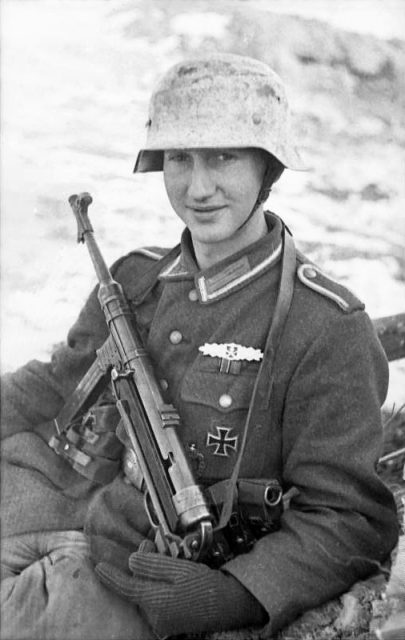
At the Battle of Leningrad (present day St. Petersburg), German troops toting their assault rifles were met by return fire from Soviet submachine guns. The siege that followed has resulted in classic sniper tales with a focus on rifle sights, and serves to highlight the very different battle functions of both firearms.
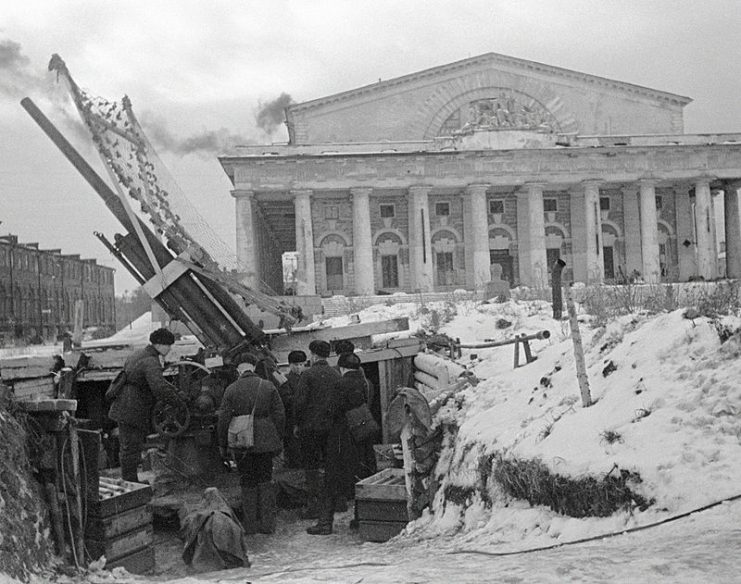
Rifles
The role of the rifle in battle had changed dramatically since its mass introduction as a marksman’s lead gun in the trenches of World War I, where an enemy would be engaged at a distance. In WWII rifles served in a supporting role to machine guns and SMGs. There were some effective innovations, including the addition of a grenade launcher to the Mauser 98k.
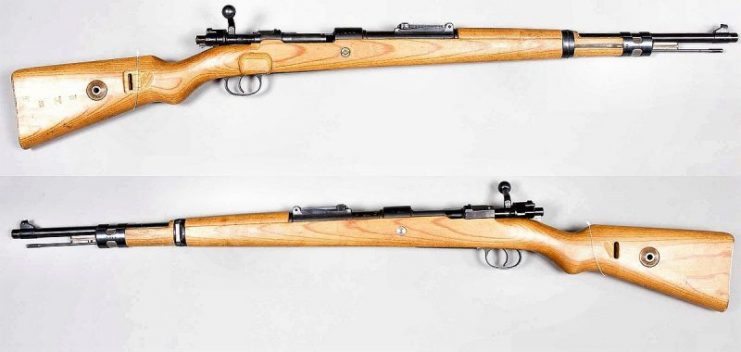
The Mauser 98k was the standard issue rifle for the German army, and production costs at the beginning of the war were around $28 per unit. A collectible WWII Mauser in good condition today will cost you between $2,000 and $4,000.
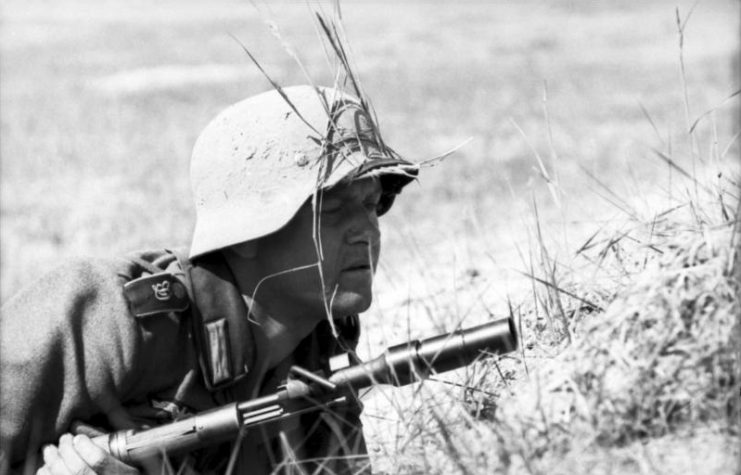
Millions of these rifles were captured by Soviet forces, and so many others were manufactured and then stored that they continued to be used in battle for decades after WWII. Mausers were even being used during the Balkans conflicts of the 1990s, during the breakup of Yugoslavia.
The U.S. Army had the M1 Garand rifle which, in 1942, cost the U.S. government $83 each. Following years of cost-reduction engineering, that price dropped to $31 in 1945.
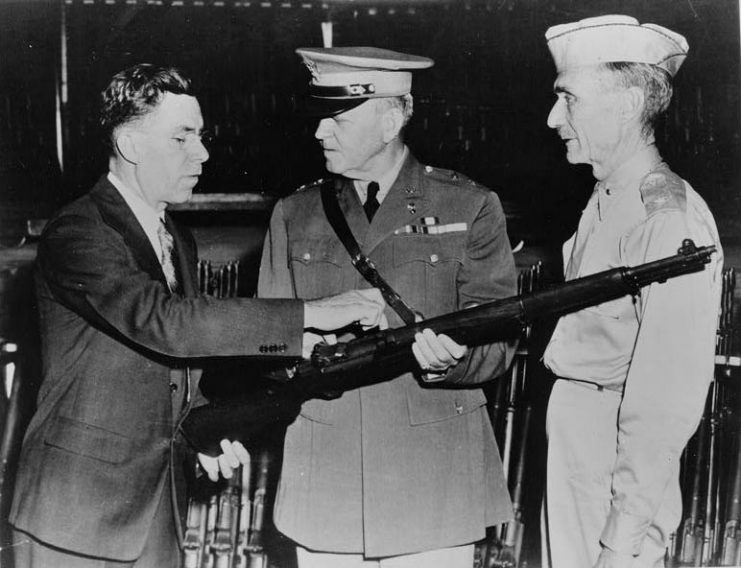
Legendary General George S. Patton, Jr. said of the M1, “In my opinion, the M1 rifle is the greatest battle implement ever devised.” Indeed, the elegance of the walnut stock and the fine balance of the Garand’s design has sent some into fits of lyricism.
An American gun reseller provides one such example: “There will never be again such a rifle, so brimming with the genius of an individual mind, so well-constructed to outlive us all, so sculpted as to ask the hand to caress.”

Machine Guns
The years before WWII saw the development of two of the deadliest heavy machine guns which would be used during the war. If a person was unfortunate enough to get in the way of either gun it would definitely make an impression.
Possibly one of the most expensive general machine guns was the American M2 Ma Deuce 1945, coming in at a budget-busting $1,560, but few who have used it have quibbled with the price.
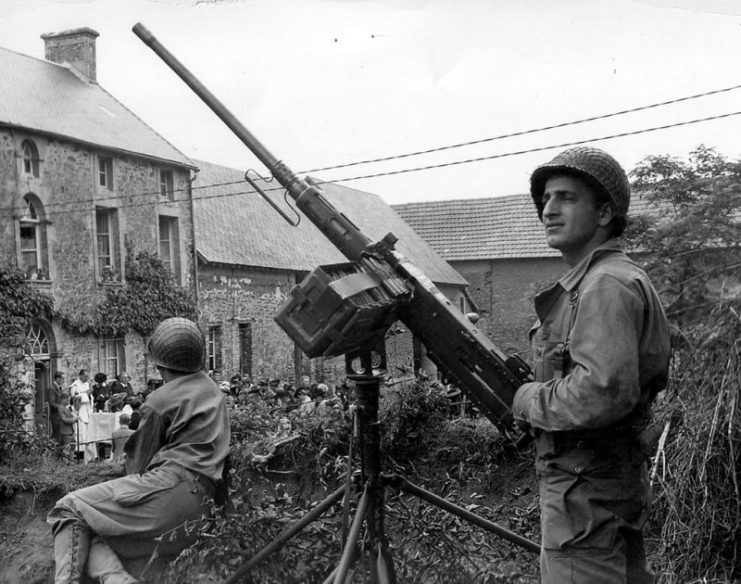
The design was the brainchild of firearms genius John Browning and went on to be perfected by the engineers at Colt, who delivered a six-foot-long, belt-fed, air-cooled, recoil-operated machine gun with incredible stopping power and an upward range limit of four miles.
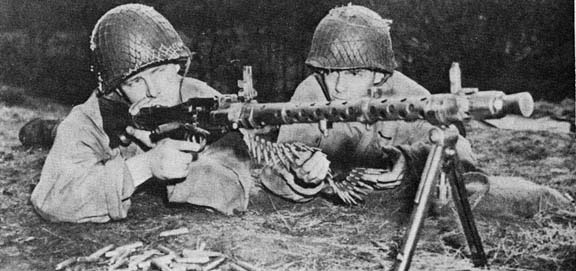
While the German MG34 was relatively inexpensive at $131 in 1942, the quality of the parts required was so high that supply could not keep up with demand from the front for replacements and spare parts.
Despite that, the “Nazi Zipper” was a feared and respected weapon. No one in their right mind wanted to go up against a gun that could spew more than 800 rounds a minute.
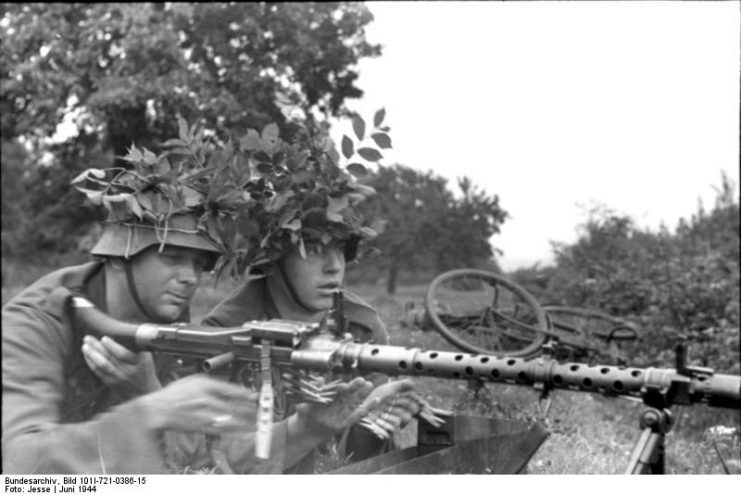
By the end of the war, the MG38 had been replaced by the less expensive MG 40 at $100 apiece. The prices of the German guns, however, come with the caveat that they were produced in large part by unpaid slave labor.
Read another story from us: Birth of the Assault Rifle – The Sturmgewehr 44
These days, a nice clean example of an MG38 will sell at auction for more than $20,000, while for roughly half that, you can purchase your very own M2 Ma Deuce. It might be worth your while to take a look at that pile of junk in the back of grandpa’s garage–you never know what valuable souvenirs lie beneath the dust.
